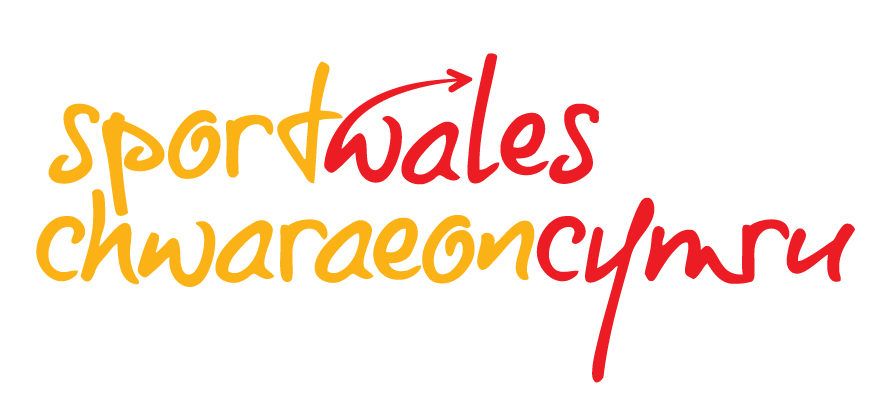SURF
There are few things more exhilarating than screaming down the face of a powerful ocean wave. Surf kayaking demands speed, precision, and fast reactions, especially if you want to carve across the wave face and finish with a spectacular airborne exit. And when it comes to top-tier surf kayaking, Wales delivers some of the best conditions in the UK.
Where to Paddle: Wales’ Top Surf Kayaking Spots
Gower Peninsula (South Wales)
The Gower is a surf kayaking paradise, with consistent Atlantic swell and a variety of beach breaks. Popular spots include Llangennith, Rhossili, and Caswell Bay. These beaches offer long, clean waves ideal for both intermediate and advanced paddlers.
Pembrokeshire
Further west, Pembrokeshire’s coastline is dotted with surfable beaches like Newgale, Whitesands, and Freshwater West. These breaks are exposed to Atlantic groundswell and can produce powerful, fast-moving waves, perfect for experienced surf kayakers.
Llyn Peninsula
Though less consistent than the south, the Llyn Peninsula can offer excellent surf when conditions align. Porth Neigwl (Hell’s Mouth) is the standout spot, known for its long beach and ability to handle a range of swell directions.
Anglesey
Anglesey’s surf potential is often overlooked, but when the swell wraps around the island, beaches like Rhosneigr and Cable Bay can deliver clean, punchy waves. These spots are best during winter swells or strong westerly systems.
Understanding Conditions: Swell, Wind, and Tides
Wales’ surf is driven by Atlantic groundswell, with the best conditions typically arriving in autumn and winter. However, summer can still produce fun, manageable waves for those looking to build confidence.
- Swell Direction: West and southwest swells are ideal for most Welsh breaks.
- Wind: Offshore winds (e.g., easterlies on the west coast) help clean up the waves.
- Tides: Many Welsh beaches are tide-sensitive. For example, Llangennith works best on a mid to high tide, while Freshwater West can be powerful at any stage of the tide.
Check local surf forecasts before heading out.
Safety First: RNLI and Paddle Cymru Advice
Surf kayaking is thrilling, but it’s also demanding and potentially hazardous. Here’s how to stay safe:
- Know your limits: These are dynamic environments. Only paddle in surf conditions that match your skill level.
- Wear the right kit: A helmet, buoyancy aid, and a well-fitted spraydeck are essential. Cold water gear (wetsuit or drysuit) is strongly recommended.
- Check the forecast: Always review swell, wind, and tide conditions before setting out.
- Paddle with others: Never surf alone. Go with a club, coach, or experienced paddlers.
- Respect beach users: Surf zones can be busy. Be aware of swimmers, surfers, and other paddlers.
- Emergency prep: Carry a whistle, mobile phone in a waterproof case, or VHF radio. Let someone know your plan and expected return time.
The RNLI also advises paddlers to:
- Avoid rip currents and know how to spot them.
- Stay within your depth if you’re unsure.
- Practise self-rescue techniques regularly.
We don't manage these external sites so we're not responsible for their content, but they can help you search out the swell hitting our shores.
- MagicSeaweed.com - surf reports, webcams, storm watch and more
- Big G Surf Forecasts - a general UK surf forecast
Stormsurf - big wave surf forecasts and marine weather - Coldswell.com - a complete resource for surfing in the UK
Final Thoughts
Wales offers a surf kayaking experience like no other, raw, beautiful, and full of challenge. Whether you’re carving waves in Gower or catching winter swell on Anglesey, the key to a great session is preparation, awareness, and respect for the sea.
DISCLAIMER: We do our best to keep this information up-to-date, but we cannot promise that it is still true on the day you read it, You are advised to check locally before paddling. Paddle Cymru takes no responsibility for the information provided - and your decision to paddle is always your own.







